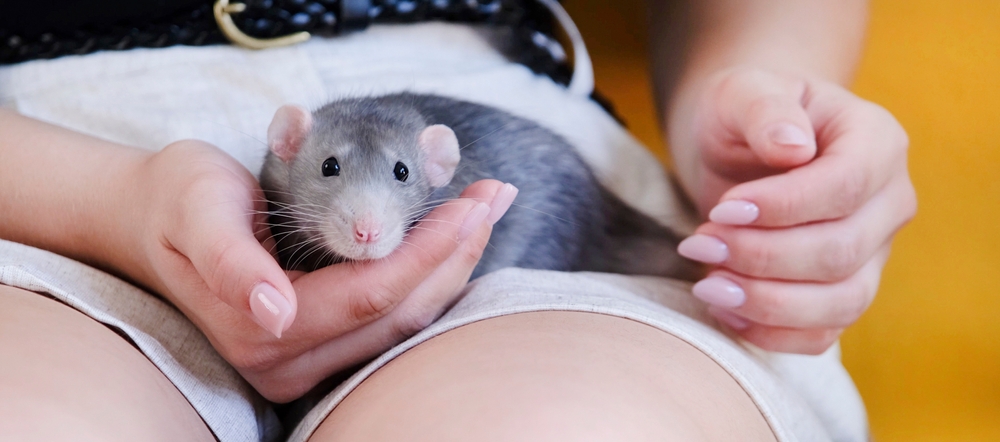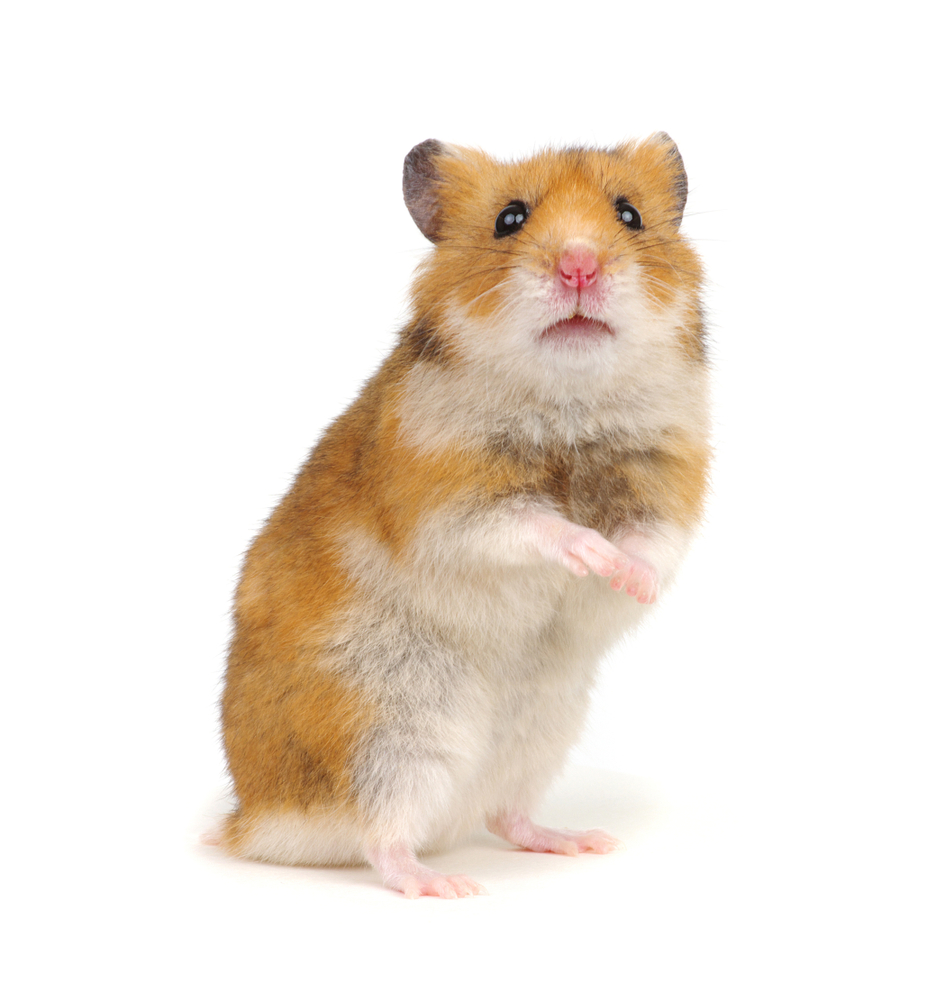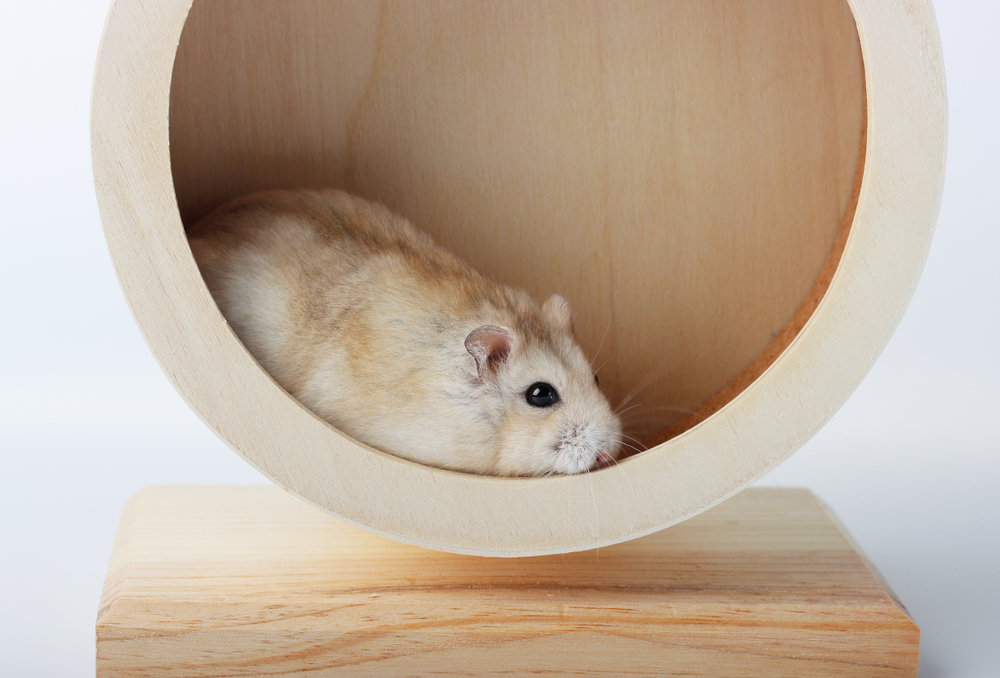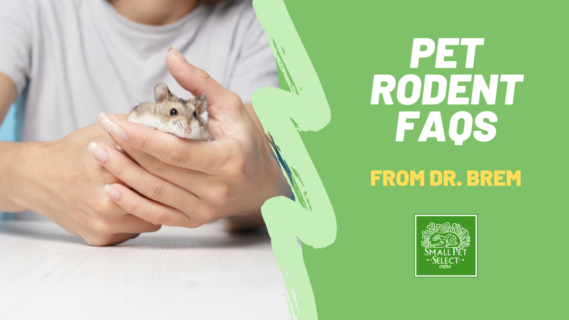Ever wonder what it’s like to live with a rat, mouse, hamster, or gerbil? Here are a few pet rodent FAQs to get you started learning!
Do Rodents Make Good Pets?
For many people, yes! Because they are housed in cages, rodents can often be kept in a home where larger animals wouldn’t do well. They still need attention though, particularly during times they are naturally active, such as at dawn and dusk.
Adults need to be the main caretakers of rodents. Rodents move quickly and are at risk of being dropped, plus they might bite or scratch. Children shouldn’t handle rodents until an adult has made sure that they will allow being handled, and an adult should still supervise.

Rodents don’t like being disturbed when they are sleeping, and gerbils in particular do not like being picked up and can get aggressive if they are scared.
Rodents are intelligent animals who can form bonds with their humans. Rats in particular can be easily trained too.
Rodents don’t live as long as other pet species do. On average, rats live for three to four years, mice live for two years, and hamsters and gerbils live for three years.
What Housing Requirements Do Rodents Have?
Even though rodents are kept in cages, they should have plenty of room! The larger the cage the better. There should be separate areas for nesting, eating, and going to the “bathroom” and plenty of room to exercise, run around, and play with toys.
Cages need to be escape-proof – secure latches so that the smartest among them can’t open their cages and bars that are close enough together that they can’t squeeze through. (For gerbils metal bars aren’t recommended.)
Rodents love to dig, burrow, and nest and therefore need several inches of appropriate and absorbent bedding such as odor- and color-free wood chips or paper-based bedding and several nesting boxes that can be used as places to hide or sleep in darkness.
Check every day that the bedding isn’t pushed up next to their water bottle. A pet rodent should also have several levels to their cages, and for gerbils ramps to those levels since they do not climb well.
Cages should have solid floors, not wire ones, to minimize foot sores and other foot problems. Change out dirty bedding, but when cleaning the cage leave a small amount of dirty bedding in their “toilet” area.
The location of a cage should be:
- out of direct sunlight/light – rodents are sensitive to heat and light
- in a quiet area away from noise that we can easily hear and ultrasound noise such as from computers, televisions, and running water, as rodents are sensitive to these high-pitched noises that we don’t notice
- well-ventilated with low humidity
- away from strong odors, fumes (including from cleaning), and smoke
What Should A Rodent’s Diet Include?
In order for rodents to receive a well-balanced, healthy diet with the correct nutrients necessary, they should receive an appropriate amount of commercial pellets made especially for their particular species.

They should also receive a small amount of fresh fruits and vegetables and can receive a tiny amount of certain seeds as part of their daily calories. Rats can have a tiny amount of cooked egg and grains.
Do not feed grapes, raisins, rhubarb, light-colored lettuce, onion, garlic, mango, green bananas, avocado, uncooked potatoes, citrus fruits, or any candy. Some nuts, such as walnuts, and some cheeses, such as bleu cheese, can also be unhealthy or toxic. If in doubt about whether a food is safe to give, look it up on a reputable site or ask your veterinarian.
Remove any uneaten food each day and offer a variety. Put most of their food in flat dishes and scatter a little of it around their cage to encourage foraging. Don’t change their diet (including the brand of pellets) too quickly, or they can get an upset gastrointestinal system.
Change the water at least every other day, and make sure that the bottle is working. Hamsters may need a special bottle made for them since they can have difficulty with traditional ones because they aren’t able to apply very strong suction.
What Kinds Of Enrichment Are Important?
Chewing and digging – Rodents love to chew! Cardboard boxes, ink-free paper, toilet-paper and paper-towel rolls, toys made out of safe grasses and woods, grass mats, gnaw sticks, paper egg cartons, cloth hammocks, and oatmeal boxes make great toys, shelters, and tunnels.
Climbing – Suspended ropes, ladders or ramps, bridges, and several platforms in their cage provide opportunities for climbing behavior. Remember that gerbils have trouble with some surfaces.
Exercising – Rotating toys around keeps a pet rodent interested and naturally moving, and a wheel that has a solid surface and no axle is a safe piece of exercise equipment.

Exploring – Once you’re able to safely handle your pet, let it have some supervised outside-of-cage time in a large pen or small room from which they can’t escape and that has been rodent-proofed from electrical wires, chewable furniture, and other hazards. Some rats enjoy playing with water and like splashing in a shallow container. Just make sure you keep an eye on them.
Are Rodents Social?
With the exception of many naturally solitary hamsters, like the Syrian, and male mice, who may fight if not alone, rodents are social. Pairs or groups should be housed with others of the same sex. Gerbils often do better if their groups are formed when they are young. If you decide to add members to your group, be sure to research how best to bond them.
Of course, rodents love to spend time with you, even if they are not social with each other.
What Are Some Health Concerns?
Teeth issues – Rodents’ teeth grow continually, which is why gnawing is important. If their teeth become overgrown, they can have trouble eating, drinking, and grooming.
Tumors – A pet rodent can get a number of types of cancer. In particular, mammary tumors in unspayed females are not uncommon. Some tumors can be removed if caught early.
Fur loss – Fur loss can be a sign of mites or lice, ringworm, anxiety, or trauma. Hairless varieties of rodents are more prone to skin abrasions. With gerbils, never pick them up by the tail, because they can shed the outer layer of skin and expose the bone.
“Colds” – Respiratory illnesses, caused by either viruses or bacteria, are not uncommon in rodents. You may notice discharge from the nose or eyes, sneezing, and excessive grooming of the face. Hamsters are actually susceptible to some strains of the human cold!
Intestinal parasites – Rodents can be infected with parasites that cause diarrhea, blood in the stool, and weight loss.
Rodents, as prey species, tend to hide illness. If you see even subtle signs of any of the following, you should take your pet to a specially-trained vet:
- not eating or drinking
- drinking more than usual
- hiding more than usual
- injuries
- chewing on itself
- eye or nose discharge
- losing weight
- diarrhea
- urinating more than or less than usual
- ruffled fur
- irregular breathing
- hot or cold limbs
- difficulty walking
- vocalizing
- head tilt
- drooling
- abnormal lumps
Copyright 2024 Amy “Brem” Bremers, DVM





